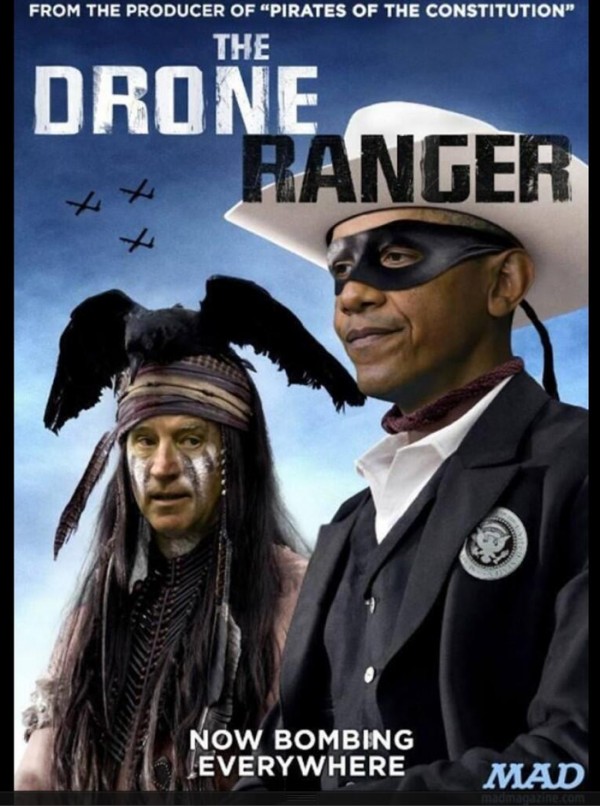WASHINGTON POST: In Pakistan, Amnesty International investigated nine suspected U.S. drone strikes that occurred between May 2012 and July 2013 in the territory of North Waziristan. The group said it found strong evidence that more than 30 civilians were killed in four of the attacks. The basic circumstances of each of the drone strikes had been previously reported by local and international news outlets. But the human rights groups said they were able to shed further light on the incidents by interviewing survivors, other witnesses and government officials in both countries. Most drone strikes in Pakistan and Yemen occur in remote areas that are often hostile to outsiders, making independent assessments difficult. The groups’ findings coincide with a report released Friday by a U.N. human rights investigator, who estimated that 2,200 people have been killed in drone strikes over the past decade in Pakistan. Of those casualties, at least 400 were civilians and 200 others were “probable noncombatants,” according to the U.N. official, Ben Emmerson. He said the statistics were provided by Pakistan’s Foreign Ministry. The U.S. government almost never publicly acknowledges its role in individual drone strikes, and its legal justifications for targeting specific people are shrouded in secrecy. Partly as a result, estimates of drone-related casualties vary wildly. Sorting out how many people were legitimate targets under the laws of war and how many were bystanders is an even greater challenge. In their reports, Human Rights Watch and Amnesty International called on the Obama administration to make its drone-targeting policies more transparent and to publicly investigate reports of civilian casualties. MORE
ASSOCIATED PRESS: President Barack Obama said during a speech in May that the U.S. does not conduct a drone strike unless there is “near-certainty that no civilians will be killed or injured.” But Amnesty said the U.S. is so secretive about the program that there is no way to tell what steps it takes to prevent civilian casualties. They say it has “failed to commit to conduct investigations” into alleged deaths that have already occurred. Several different organizations have tried to track the number of civilian casualties from nearly ten years of drone strikes in Pakistan, including the Long War Journal website, the New America Foundation think tank and the Bureau of Investigative journalism. These groups indicated that the attacks have killed between 2,065 and 3,613 people, the report said. Between 153 and 926 were thought to be civilians. Amnesty said it is concerned that the attacks outlined in the report and others may have resulted in unlawful killings that constitute extrajudicial executions or war crimes, even though the U.S. insists the strikes are legal. “We cannot find any justification for these killings. There are genuine threats to the USA and its allies in the region, and drone strikes may be lawful in some circumstances,” said Mustafa Qadri, Amnesty International’s Pakistan researcher. “But it is hard to believe that a group of laborers, or an elderly woman surrounded by her grandchildren, were endangering anyone at all, let alone posing an imminent threat to the United States.” MORE

